
In northern Europe, amber is known as “sunstone” and “solar stone” for its golden, sun-like glow. It is also known as “Baltic gold” for its huge economic impact. The latter term is especially fitting, since northern Europe, notably the Baltic Sea coast at Kaliningrad, Russia, and adjoining Poland and Lithuania, has produced most of the world’s amber.
Today, tens of thousands of people work in the regional amber industry. Amber is the area’s iconic souvenir, and museums that showcase amber are significant tourist attractions. With the recent emergence of Ukraine as a major source of amber, northern Europe’s amber output is soaring. Average grades of amber now sell for several hundred dollars per pound, and regional production is estimated at 1,000 tons per year—a historic high.
But there are two sides to amber mining in northern Europe. With few alternative employment opportunities and lured by record amber prices, some 20,000 Kaliningrad Russians and Ukrainians now work as independent amber miners. And virtually all are unlicensed and unregulated. While amber mining provides a living for thousands and has boosted production to record levels, it has also brought environmental devastation, economic chaos, corruption, violence, protection racketeering, black-marketeering, and rampant smuggling.
The complex origin of northern Europe’s amber rush is rooted in the geology, occurrence, and history of amber and the centuries-old reverence for amber. In recent years, regional economics and politics are among the drivers of the amber rush.
This story is from the {{IssueName}} edition of {{MagazineName}}.
Start your 7-day Magzter GOLD free trial to access thousands of curated premium stories, and 9,000+ magazines and newspapers.
Already a subscriber ? Sign In
This story is from the {{IssueName}} edition of {{MagazineName}}.
Start your 7-day Magzter GOLD free trial to access thousands of curated premium stories, and 9,000+ magazines and newspapers.
Already a subscriber? Sign In
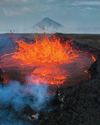
THE BRIGHT SIDE OF VOLCANIC ROCK
As a mineral resource, volcanic rock is decidedly short on glamour.
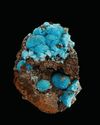
The Other Copper Minerals
12 Lesser-known Collectible Species

MINERAL COLLECTING -AND ROCK & GEM
Evolving Together FOR 54 YEARS
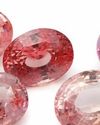
Gemstone Trends
A Look Back at 2024 & What to Expect in 2025
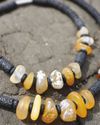
How to Make a GEM BEAD NECKLACE
No Lapidary Experience Needed!
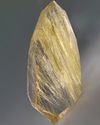
Framing Nature's Art
Faceting Rutilated Quartz for Beginners
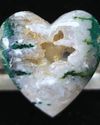
BEDAZZLED BLUE SEAM AGATE
More than several centuries ago, mining was the profession most often seen as befitting of men.
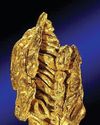
ROCK & GEM FIELD GUIDE:
Spinel is a captivating gemstone with a rich history of being mistaken for gems like ruby and sapphire.
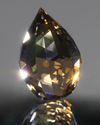
SNAKE SCALE DROP 1.5:1
This Faceting Focus is revisiting the briolette gemstone design because of its popularity with independent and hobby gemstone faceters.
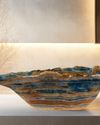
STONE CHIC
How Earth-Inspired Decor Brings Comfort to our Home